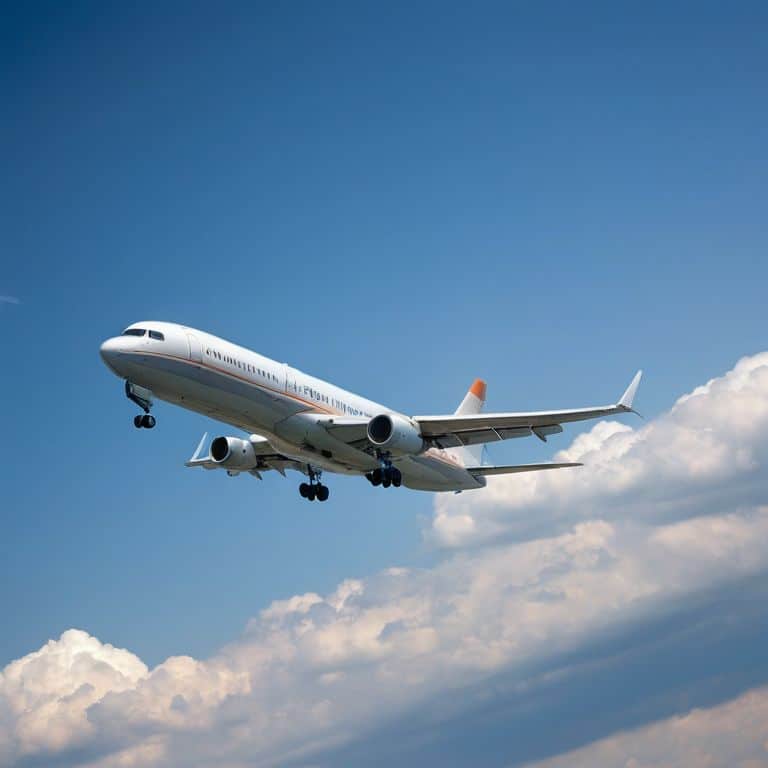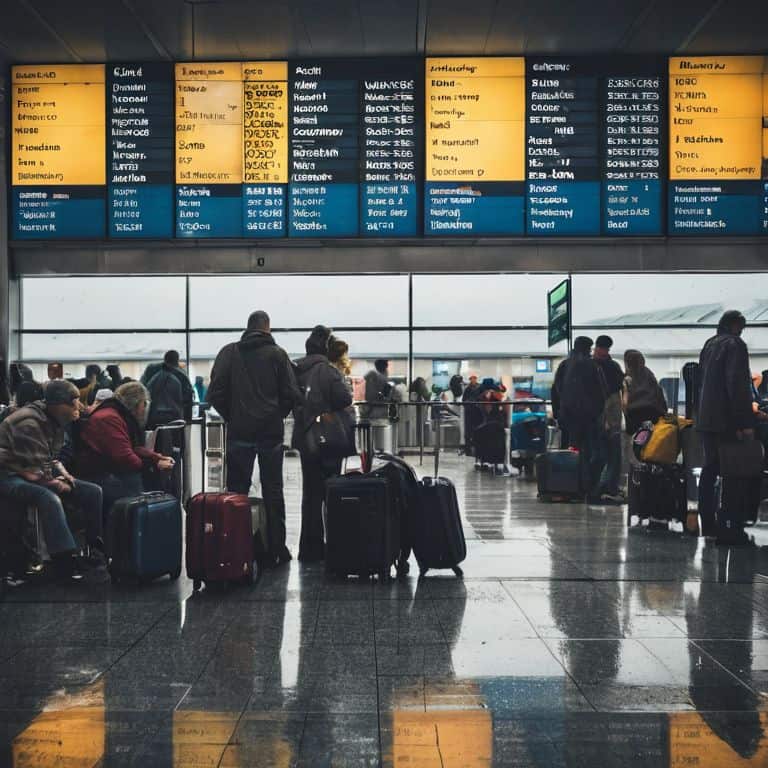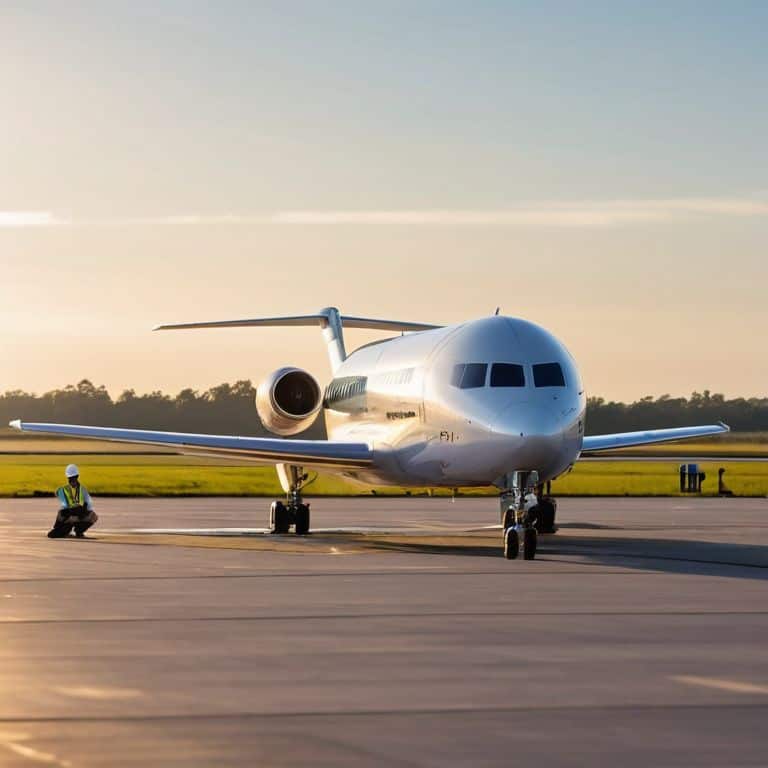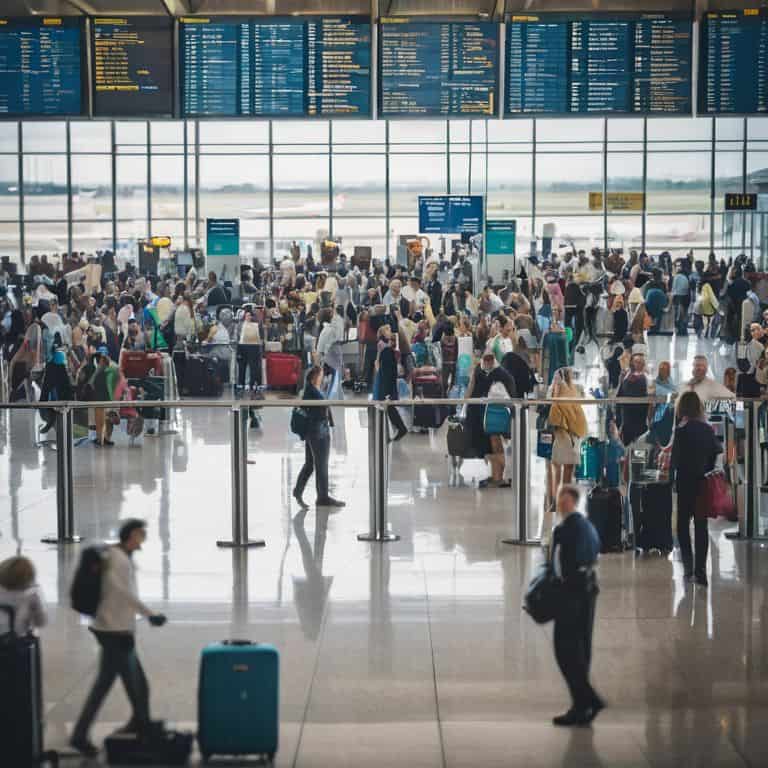I still remember the day I spent hours watching the ground operations at a major airport, fascinated by the intricate dance of logistics that keeps air travel running smoothly. As someone who’s passionate about the future of aviation, I’ve always been drawn to the often-overlooked aspects of flight, like advances in weather prediction for aviation. It’s amazing how much of a difference these behind-the-scenes improvements can make in ensuring safe and efficient travel. I’ve seen firsthand how breakthroughs in weather forecasting are revolutionizing the way we plan flights, making air travel safer and more efficient for all of us.
As I delve into the world of advances in weather prediction for aviation, I want to make one thing clear: my goal is to cut through the hype and provide practical insights that really matter. I’ll be sharing my own experiences and expertise to give you a realistic look at how these innovations are shaping the future of flight. From the impact of more accurate forecasting on flight routes to the potential for real-time weather updates to improve air traffic control, I’ll be exploring the real-world applications of these advances and what they mean for the industry as a whole. My promise to you is that I’ll provide honest, experience-based advice that will give you a deeper understanding of the incredible progress being made in aviation.
Table of Contents
Revolutionizing Flight
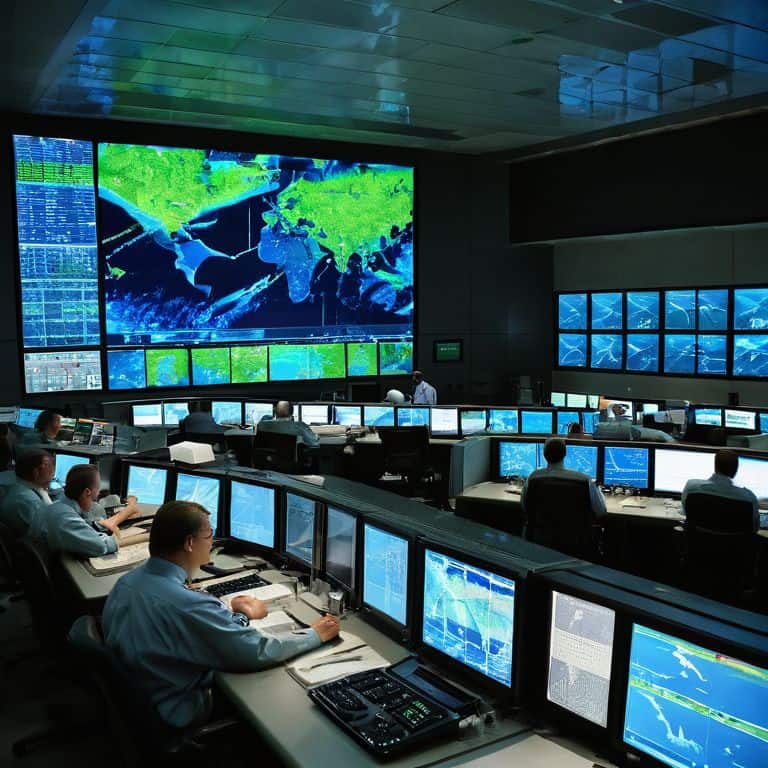
As I delve into the world of aviation, I’m constantly amazed by the impact of next generation weather radar on flight operations. This technology has enabled airlines to make more informed decisions, reducing delays and increasing safety. I recall a case study where a major airline implemented this system, resulting in a significant decrease in weather-related delays. The use of artificial intelligence in meteorology has also been a game-changer, allowing for more accurate predictions and better decision-making.
The implementation of ensemble forecasting for aviation has also been a major breakthrough. By analyzing multiple models, airlines can better anticipate potential weather hazards and plan accordingly. This approach has been particularly effective in reducing the risk of turbulence-related incidents. I’ve seen firsthand how nowcasting for flight operations has improved the overall efficiency of air travel, enabling airlines to respond quickly to changing weather conditions.
The future of aviation looks even brighter with the integration of satellite imaging for weather forecasting. This technology provides high-resolution images of weather patterns, allowing airlines to make more informed decisions. By combining these innovations with numerical weather prediction models, the aviation industry is poised for a significant leap forward in terms of safety and efficiency. As someone who’s passionate about building complex systems, I’m excited to see how these advancements will continue to shape the future of flight.
Ai in Meteorology Predictive Power
As I delve into the world of meteorology, I’m fascinated by the role of artificial intelligence in enhancing weather forecasting. The integration of AI algorithms has significantly improved the accuracy of predictions, allowing for more informed decision-making in the aviation industry.
The use of machine learning models enables meteorologists to analyze vast amounts of data, identifying patterns and trends that may not be apparent through traditional methods. This, in turn, allows for more precise forecasting, reducing the risk of flight delays and cancellations due to weather-related issues.
Nextgen Radar Clearer Skies
As I delve into the world of NextGen Radar, I’m excited to see how advanced radar systems are transforming the aviation landscape. With the ability to track flights more accurately and predict weather patterns with greater precision, these systems are playing a crucial role in enhancing flight safety and efficiency.
The implementation of NextGen Radar is a prime example of how smarter logistics can lead to significant improvements in air travel. By providing clearer skies and more accurate flight tracking, airlines and airports can better navigate through challenging weather conditions, reducing delays and increasing overall passenger satisfaction.
Advances in Weather Prediction for Aviation
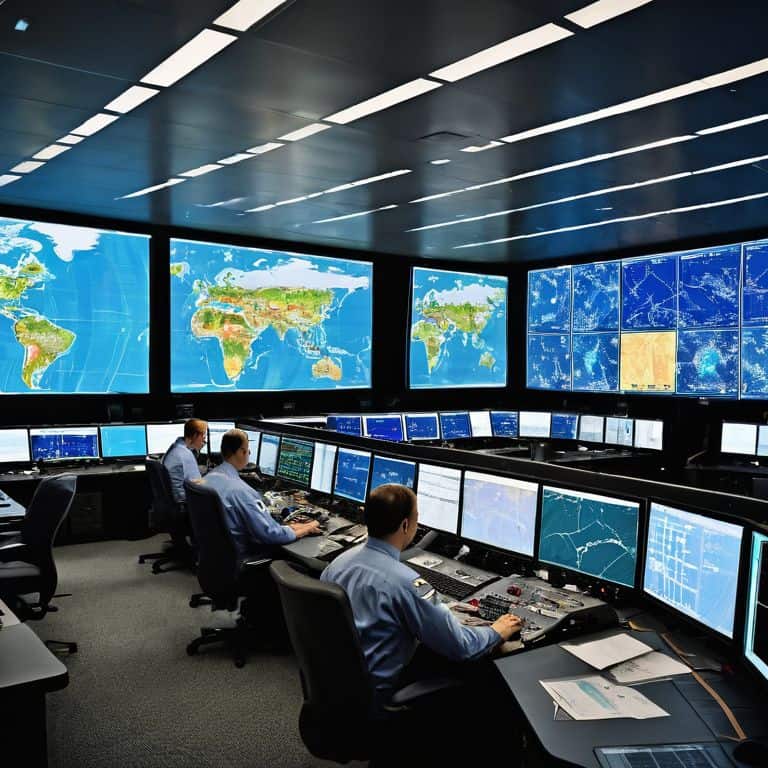
As I delve into the world of next generation weather radar, I’m struck by the sheer impact it’s having on flight operations. This technology is allowing for more accurate and detailed forecasting, which in turn enables airlines to make more informed decisions about flight routes and schedules. By leveraging ensemble forecasting for aviation, airlines can better anticipate and prepare for potential weather-related disruptions, reducing the likelihood of delays and cancellations.
One of the key benefits of these advancements is the ability to provide nowcasting for flight operations, allowing airlines to make real-time decisions about flight plans. This is particularly important in situations where weather conditions are changing rapidly, and every minute counts. By utilizing satellite imaging for weather forecasting, airlines can gain a more comprehensive understanding of weather patterns, enabling them to make more effective decisions about flight operations.
The use of numerical weather prediction models is also playing a critical role in improving weather forecasting for aviation. These models allow for highly detailed and accurate predictions, taking into account a wide range of factors that can impact weather patterns. By combining these models with artificial intelligence in meteorology, airlines can gain an even deeper understanding of weather trends, enabling them to optimize flight plans and improve overall efficiency.
Ensemble Forecasting for Safer Skies
As I delve into the world of ensemble forecasting, I’m excited to see how this approach is making our skies safer. By combining multiple forecast models, ensemble forecasting allows for a more comprehensive understanding of potential weather patterns, reducing the risk of unexpected turbulence or storms. This, in turn, enables airlines to make more informed decisions about flight routes and schedules.
The use of advanced algorithms in ensemble forecasting is particularly noteworthy, as it enables the analysis of vast amounts of data from various sources, including weather satellites and radar systems. This leads to more accurate predictions and a significant reduction in the likelihood of flight disruptions due to weather-related issues.
Nowcasting and Satellite Imaging Real Time Insights
As I delve into the world of real-time weather insights, I’m fascinated by the impact of nowcasting on flight operations. This short-term forecasting allows airlines to make informed decisions about flight routes and schedules, reducing delays and cancellations. By analyzing current weather conditions, nowcasting provides a more accurate picture of the immediate future, enabling airlines to respond quickly to changing weather patterns.
The use of satellite imaging has also become a crucial tool in weather prediction, offering high-resolution images of cloud patterns, storms, and other weather systems. This technology enables meteorologists to track weather events in real-time, providing critical information for flight planning and air traffic control.
5 Key Takeaways for Smarter Flight Planning
- Implementing ensemble forecasting techniques to reduce uncertainty in weather predictions
- Utilizing next-generation radar systems for more accurate and detailed weather data
- Leveraging AI and machine learning in meteorology to improve predictive power and real-time insights
- Integrating nowcasting and satellite imaging for enhanced real-time weather monitoring and forecasting
- Developing collaborative platforms for sharing weather data and best practices across the aviation industry to enhance safety and efficiency
Key Takeaways for a Safer, More Efficient Aviation Future
I’ve witnessed how advances in weather prediction, such as NextGen radar and AI-powered meteorology, are revolutionizing flight planning and air traffic control, making skies safer for all
Techniques like ensemble forecasting and nowcasting, combined with satellite imaging, provide real-time insights that significantly reduce weather-related delays and improve overall flight efficiency
By embracing these innovations, the aviation industry can not only enhance safety but also reduce costs, decrease environmental impact, and create a more enjoyable travel experience for passengers, which is the ultimate goal of my work as an aviation systems consultant and futurist
Forecasting the Future
As I see it, the real game-changer in aviation isn’t the planes themselves, but the sophisticated weather prediction systems that are redefining the way we navigate the skies – making every flight safer, more efficient, and more reliable than ever before.
Oliver Byrne
Looking to the Horizon
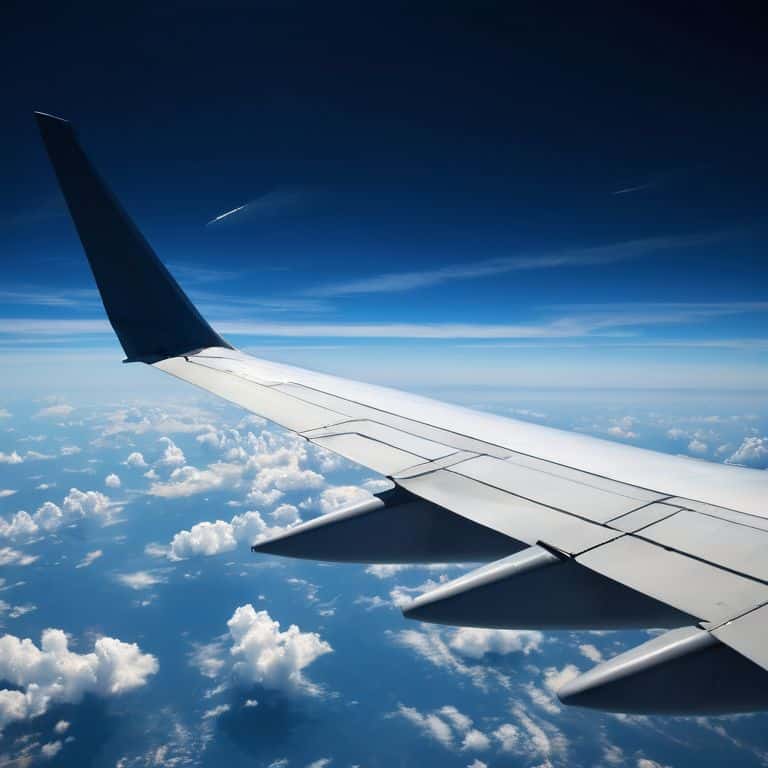
As I reflect on the advances in weather prediction for aviation, it’s clear that we’ve made significant strides in enhancing flight safety and efficiency. From NextGen Radar to AI in meteorology, and from ensemble forecasting to nowcasting and satellite imaging, each of these innovations contributes to a more robust and reliable air travel system. By harnessing the power of data and technology, we’re not only improving the passenger experience but also saving lives. The future of aviation looks brighter than ever, with these advancements paving the way for even more sophisticated solutions.
As we continue to push the boundaries of what’s possible, I’m reminded that the greatest improvements often lie in the unseen logistics that underpin our air travel systems. The intersection of technology, data, and human ingenuity is where the true magic happens, and it’s an exciting time to be a part of this journey. With a focus on sustainable innovation, we can create a future where air travel is not only safer and more efficient but also environmentally conscious, inspiring a new generation of aviation enthusiasts and professionals to reach for the skies.
Frequently Asked Questions
How will advances in weather prediction technology impact the overall cost of air travel for consumers?
As I see it, improved weather forecasting will lead to fewer flight delays and cancellations, reducing the need for costly re-routing and overnight accommodations. This, in turn, should trickle down to consumers in the form of lower fares and fewer surprise expenses, making air travel more predictable and affordable for all.
What role will human meteorologists play in the future of aviation weather prediction, given the increasing use of AI and automated systems?
While AI enhances forecasting, human meteorologists will continue to play a vital role, interpreting complex data, making judgment calls, and providing critical oversight to ensure safe and efficient flight operations. Their expertise will focus on high-level decision-making, scenario planning, and emergency response, working in tandem with AI to create a more robust and reliable weather prediction system.
Can improved weather prediction capabilities help reduce flight delays and cancellations due to weather-related issues?
Absolutely, improved weather prediction can significantly reduce flight delays and cancellations. By providing more accurate and timely forecasts, airlines and airports can make informed decisions, rerouting flights or adjusting schedules to minimize weather-related disruptions, ultimately leading to smoother and more reliable travel experiences for passengers.
